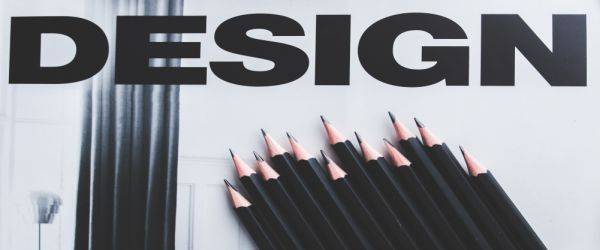This post was first published on February 14, 2010.
In furtherance of our posts with respect to patent infringement analysis, I would like to hereby write a note on analysis of design infringement and steps to be taken for designing around designs. Design infringement analysis and strategy for designing around registered designs assumes importance in the light of an increase in design protection in fashion, furniture, toys and other industries. While it is important for a designer to protect his designs, it is also equally important for him to ensure that his designs do not infringe on designs protected by others.
Rights granted by a registered design
Registration of a design grants the following exclusive rights to the Design Holder within the territory of India:
Right to sell;
Right to Import for sale; and
Right to publish or expose for sale
the article to which the design has been applied. The registration of a design grants protection for a total period of fifteen (15) years to the design holder.
Infringement of a Design
A person will be liable for infringing a design if he exercises any of the exclusive rights of the design holder without authorization within the territory of India and during the term of the design validity. The following conditions must be satisfied for infringement to exist:
a. Exercise of exclusive rights of the design holder by any person;
b. Without the design holder’s authorization ;
c. Within the territory of India; and
d. During the term of design.
In order for application of a design to an article to be infringing, the design applied to it must be identical or similar to the registered design and must be applied to the same or similar article to which the registered design has been applied. The court looks at the substantial similarity of the designs. Infringement of design is judged solely through the eye. A design may be infringing even if there are differences between the designs as long as both the designs are substantially similar as a whole.
Illustration:

Assume that the article in figure D1 is a registered design and the products provided in figures D2 and D3 are products in question for infringement. In such a scenario D2 would not be liable for infringing on D1 because the design applied to the product is not substantially similar to the design applied to the article in D1. While the design of Mickey mouse’s face has been applied to the dial in D1, it has been applied in the dial in D2 in a substantially different manner. Therefore, the product in D2 would not be infringing when judged by the eye.
The product provided in figure D3 would also not be liable for infringement because the design has been applied to a different article. While the design of ‘Mickey Mouse’, has been applied to a watch dial in D1, it has been applied to a box in D3 and therefore, it is not infringing.
Now, assuming that the article shown in figure D4 is a registered design, the article provided in figure D5 would be infringing because the designs look substantially similar. In both the figures, the Mickey Mouse is holding the timepiece. Though the expressions are different, the designs are substantially similar and would be infringing.
It may be noted here that the analysis with respect to substantial similarity is subjective and is seen from the point of view of an unaware consumer. If an unaware consumer feels that the product designs are similar as a whole, the product in question would be infringing. Unlike patent infringement, analysis of design infringement is largely a look and feel analysis rather than element by element comparison. Having said that, a person would be liable only for infringing the novel features of the design. If a person copies the non-novel features because of which the designs are substantially similar, there would not be a strong case for infringement.
Designing Around Designs
Any person looking to design around designs must take the following steps:
a. Identify the novel elements and prior art elements in a registered design;
b. Develop substantially different elements when compared to the novel elements of the design; and
c. Incorporate such elements along with the prior art elements.
As a designer has an inherent bias and generally tries to argue for differences between elements, it would be advisable to take the advice of a third party, who will be able to give an unbiased opinion with respect to substantial similarity after viewing both the designs. More than one opinion would make the case for non-infringement stronger. It must be borne in mind that the effort suggested will only mitigate the risk of infringement and will not avoid possibilities of infringement completely due to the subjective aspects inherent in the analysis.
You may click here to see a presentation with respect to design infringement.
Note: Please find the links for the figures used in this post below:
https://3.bp.blogspot.com/_K6-6u9ZiTj0/S3eTqOdlP8I/AAAAAAAAABw/jQwyxqKUBO0/s400/Design+Illustrations.JPG
http://ecx.images-amazon.com/images/I/51o0UkwfaEL._SL500_.jpg
http://www.noveltytelephone.com/images/products/clocks/mickeyalarmclocklarge.jpg
Related



